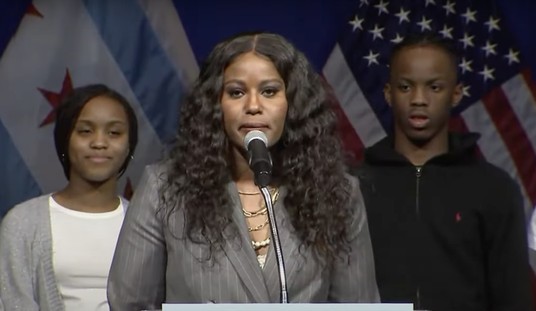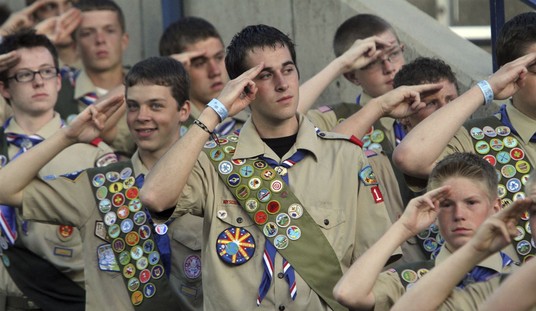MILWAUKEE – Cities around the country that have installed energy-efficient traffic lights are discovering a hazardous downside: The bulbs don't burn hot enough to melt snow and can become crusted over in a storm — a problem blamed for dozens of accidents and at least one death."I've never had to put up with this in the past," said Duane Kassens, a driver from West Bend who got into a fender-bender recently because he couldn't see the lights. "The police officer told me the new lights weren't melting the snow. How is that safe?"
Many communities have switched to LED bulbs in their traffic lights because they use 90 percent less energy than the old incandescent variety, last far longer and save money. Their great advantage is also their drawback: They do not waste energy by producing heat.
Advertisement
Whoops.

























Join the conversation as a VIP Member